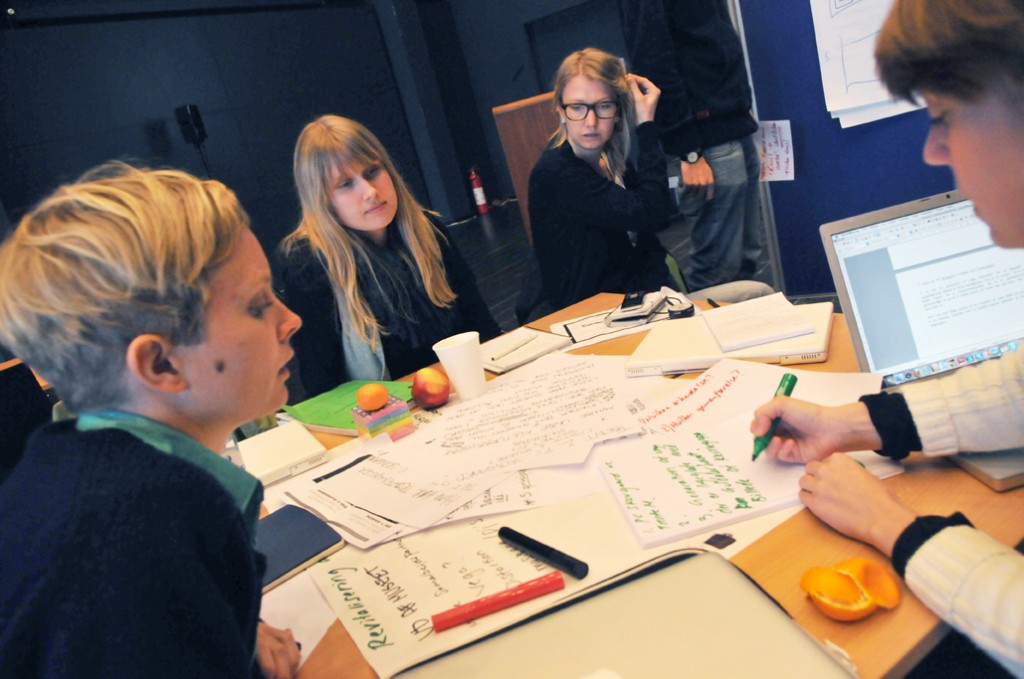Instructions
As a teacher / facilitator please avoid suggesting ideas or judging the ideas, because it should be the students themselves who generate the ideas, and the quality of the ideas should be tested outside the classroom with users and other relevant stakeholders.
1. Have the students to reformulate their problem or project goal as a phrase starting with “How might we …”, e.g.: “How might we attract more visitors to our website?”
2. The students are to now choose the best “How might we …” phrase.
3. Then present the brainstorming rules (Source: D.school, Stanford University):
- Defer Judgement – Don’t judge your own ideas or those of others
- Go for volume – 100 better than 10
- One conversation at a time – focus
- Encourage wild ideas – the crazier the better
- Build on the ideas of others – leverage perspectives
- Stay on topic – stick to the “how” problem
- Be visual – communicate your ideas for teammates by sketching
2. In complete silence have the participants write their individual ideas down onto a piece of paper.
3. After 1-3 minutes, depending on the amount of detail required, each participant passes their paper to their neighbour, who then adds to the idea, or if possible produces a new idea.
4. The process is repeated until the paper has reached all participants.
Worth Considering
Some brainstorming fundamentals:
- Individuals are better at generating ideas than groups (Girotra et al., 2009)
- Groups are better at selecting the best ideas (Singh & Flemming, 2009), which can be related to “wisdom of the crowds” (Surowiecki, 2004)
- Individuals are significantly worse at selecting their own creative ideas (Faure, 2004; Putnam & Paulus, in press; Rietzschel, Nijstad & Stroebe, 2006)
You can find inspiration and references to the theory behind the creative processes and techniques in this literature list.
Preparation
You will need sticky notes or paper for all.

